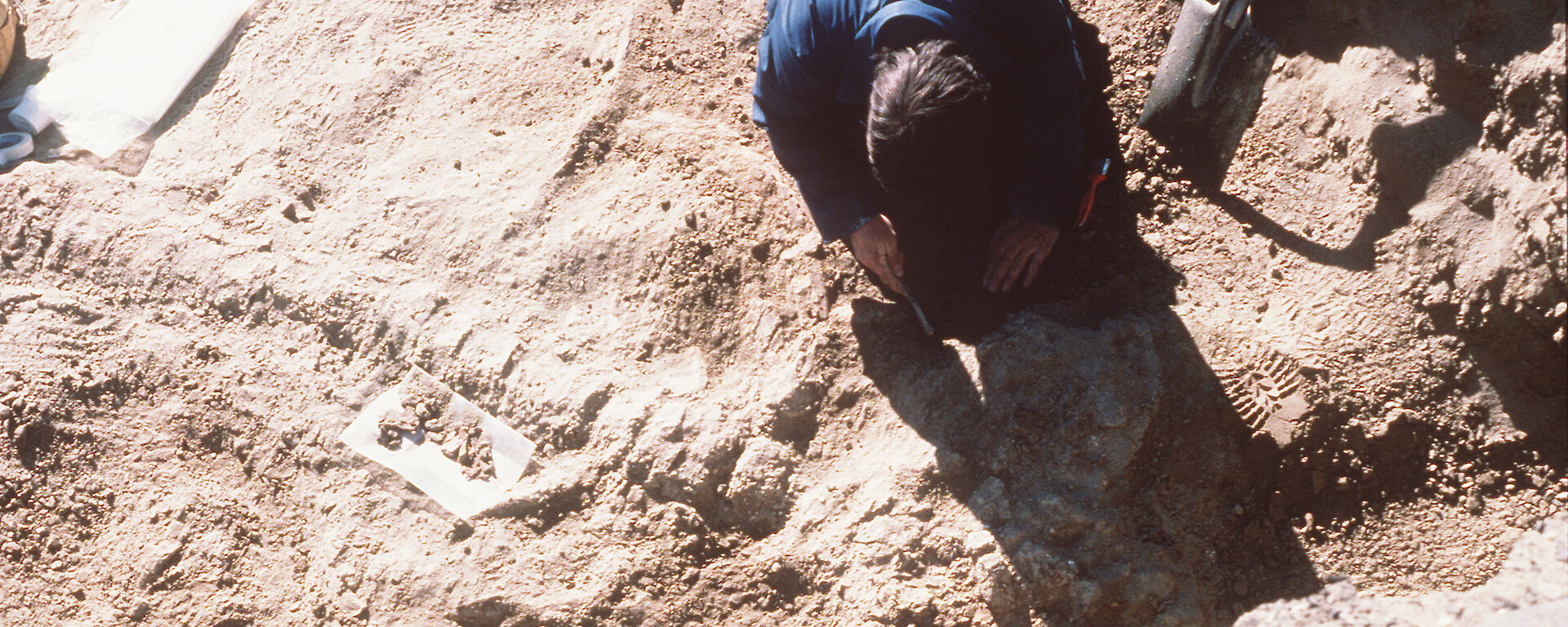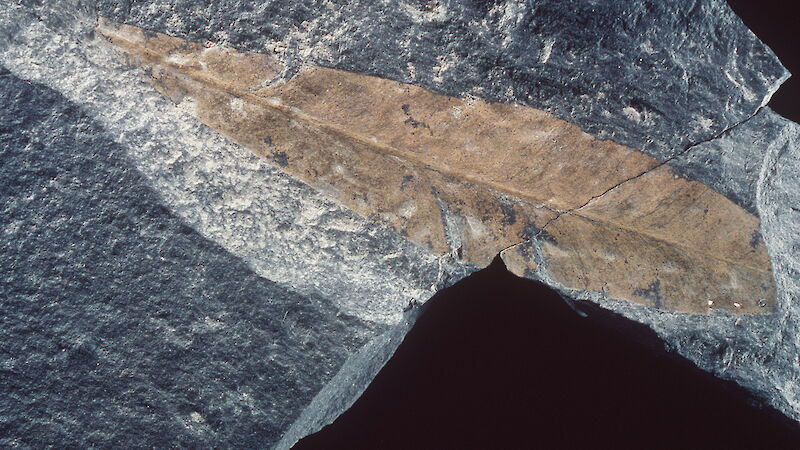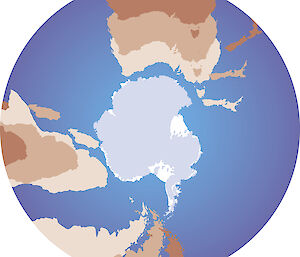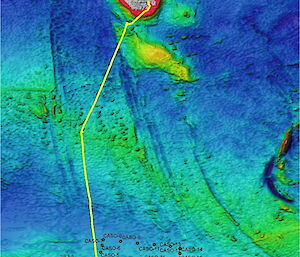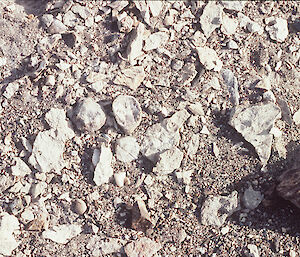There has been life on Earth for about 3.5 billion years. Until about 575 million years ago, all life was microscopic plant life.
Antarctica used to be part of the supercontinent Gondwana. When animal life first began on Earth, initially in the marine environment, Antarctica lay along what is now Australia’s southern margin. Australia and Antarctica were rotated 90° from where they are today. The equator ran though both continents. About 400 million years ago, Gondwana moved dramatically and Antarctica took its place over the South Pole.
The carbon dioxide content of the atmosphere was much higher than it is now. As the oxygen content grew, it reached the stratosphere and was converted to ozone. The ozone provided protection from ultraviolet rays and life spread from the ocean to the land.
About 130 million years ago, Gondwana began to disintegrate. India, South America and Africa broke away. The links between Australia and Antarctica remained until about 55 million years ago. Australia began moving north quickly, and Antarctica was isolated for the first time since animals evolved. About 30 million years ago, the Southern Ocean began to circulate around the southern world, and the modern Antarctic environment evolved.
Plant fossils
Fossil from now-extinct Glossopteris trees are well preserved in Antarctica. The concept of Gondwana was first proposed to explain the widespread distribution of glacial rocks and Glossopteris.
When Robert Falcon Scott and his men were found dead in their tent on the way back from the South Pole, specimens of Glossopteris from the Beardmore Glacier region were found with them. While they had jettisoned almost everything else on the way back, they recognised the importance of the Glossopteris and refused to leave the specimens behind. These specimens are around 280 to 300 million years old.
Many elements that still exist in some southern hemisphere cold temperate rainforests (such as in Tasmania, New Zealand and southern South America) used to be present in Antarctica. It is clear that these elements continued in Antarctica until about 35 million years ago. But there are other tantalising pieces of evidence to suggest that it continued until much more recently. Abundant remains of the southern beech Nothofagus (N. beardmorensis) have been found only 400 km from the South Pole. The remains may be as young as 2 to 3 million years old.
Animal fossils
Dinosaurs lived in Antarctica and are well known from the northern tip of the Antarctic Peninsula, although few have been described formally. They include ankylosaurs (the armoured dinosaurs), mosasaurs and plesiosaurs (both marine reptilian groups).
Seymour Island, just off the Antarctic Peninsula, is one of the most important fossil sites on Earth. It contains a bewildering array of different fossils, representing many different environments. It also includes one of the very few uninterrupted sections across the Cretaceous/Tertiary boundary — the time when dinosaurs and many other life forms died out, probably due to meteorite or asteroid impact.
Marine Plain in the Vestfold Hills has a great diversity of fossils from 4.5 to 4.1 million years ago. The best known are the fossil dolphins and whales. About 5 or 6 species are known. The dolphins are very different from modern dolphins. They consist of two species, one about 4.5 m long and the other about 8 to 9 m long. They are unusual as they lack teeth. They may have located squid by echo-location and eaten them by sucking them into their very long, slim jaws. The dolphins are quite common and occur as almost complete skeletons. It is as if they died and sank gently into the mud.
It is clear that a major extinction event occurred around 2 to 3 million years ago. This may be part of a global extinction event. The cause is debated, but one strong contributor was probably the closure of the Isthmus of Panama, which caused the flow of water from the Atlantic to Pacific Ocean to stop, causing the Gulf Stream and northern hemisphere glaciation to begin. Another contributor may have been the Himalayas, which were growing at the time and influenced the circulation of the atmosphere in the northern hemisphere.
Understanding the fossil record
How do we work out the story of Antarctic fossil life? Modern biochemical methods have allowed us to work out the general trend of evolution, even in some groups that do not leave fossils. 2 groups where these techniques have been particularly successful are in the Euphausiacea (including Antarctic krill) and the Antarctic fish that belong to the Notothenioidea. Both groups have no fossil record.
One key approach is to examine DNA from mitochondria in modern cells. This DNA is believed to be almost entirely maternal in origin and thus not part of the reproduction process involving nuclear DNA. Mitochondrial DNA accumulates mutations at a rate that is roughly known. The difference in mitochondrial DNA in two similar organisms shows the time since they evolved from a common ancestor. Biochemical techniques allow this time to be estimated.

